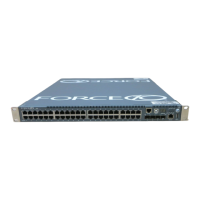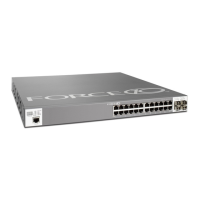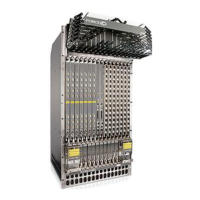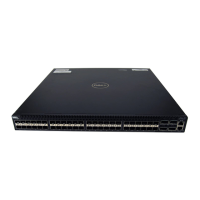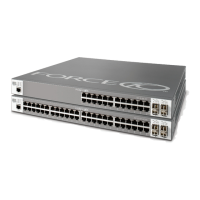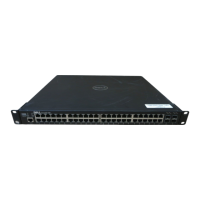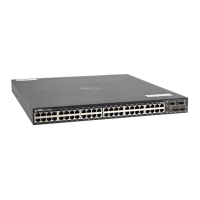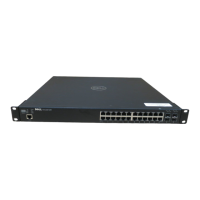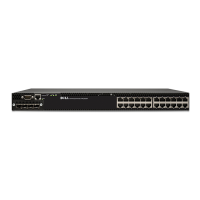710 | Per-VLAN Spanning Tree Plus (PVST+)
www.dell.com | support.dell.com
FTOS supports three other variations of Spanning Tree, as shown in Table 34-1.
Implementation Information
• The FTOS implementation of PVST+ is based on IEEE Standard 802.1d.
• The FTOS implementation of PVST+ uses IEEE 802.1s costs as the default costs (Table 34-2). Other
implementations use IEEE 802.1d costs as the default costs if you are using Dell Force10 systems in a
multi-vendor network, verify that the costs are values you intended.
• You must allocate at least the default minimum amount of Layer 2 ACL CAM space when employing
PVST+ on the E-Series. See Configure Ingress Layer 2 ACL Sub-partitions on page 273.
• On the C-Series and S-Series, you can enable PVST+ on 254 VLANs.
Configure Per-VLAN Spanning Tree Plus
Configuring PVST+ is a four-step process:
1. Configure interfaces for Layer 2.
2. Place the interfaces in VLANs.
3. Enable PVST+. See page 711.
4. Optionally, for load balancing, select a non-default bridge-priority for a VLAN. See page 711.
Related Configuration Tasks
• Modify Global PVST+ Parameters on page 713
• Modify Interface PVST+ Parameters on page 714
• Configure an EdgePort on page 715
• Flush MAC Addresses after a Topology Change on page 599
• Preventing Network Disruptions with BPDU Guard on page 883
• SNMP Traps for Root Elections and Topology Changes on page 886
• Configuring Spanning Trees as Hitless on page 886
Table 34-1. FTOS Supported Spanning Tree Protocols
Dell Force10Term IEEE Specification
Spanning Tree Protocol (STP) 802.1d
Rapid Spanning Tree Protocol (RSTP) 802.1w
Multiple Spanning Tree Protocol (MSTP) 802.1s
Per-VLAN Spanning Tree Plus (PVST+) Third Party
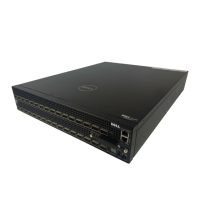
